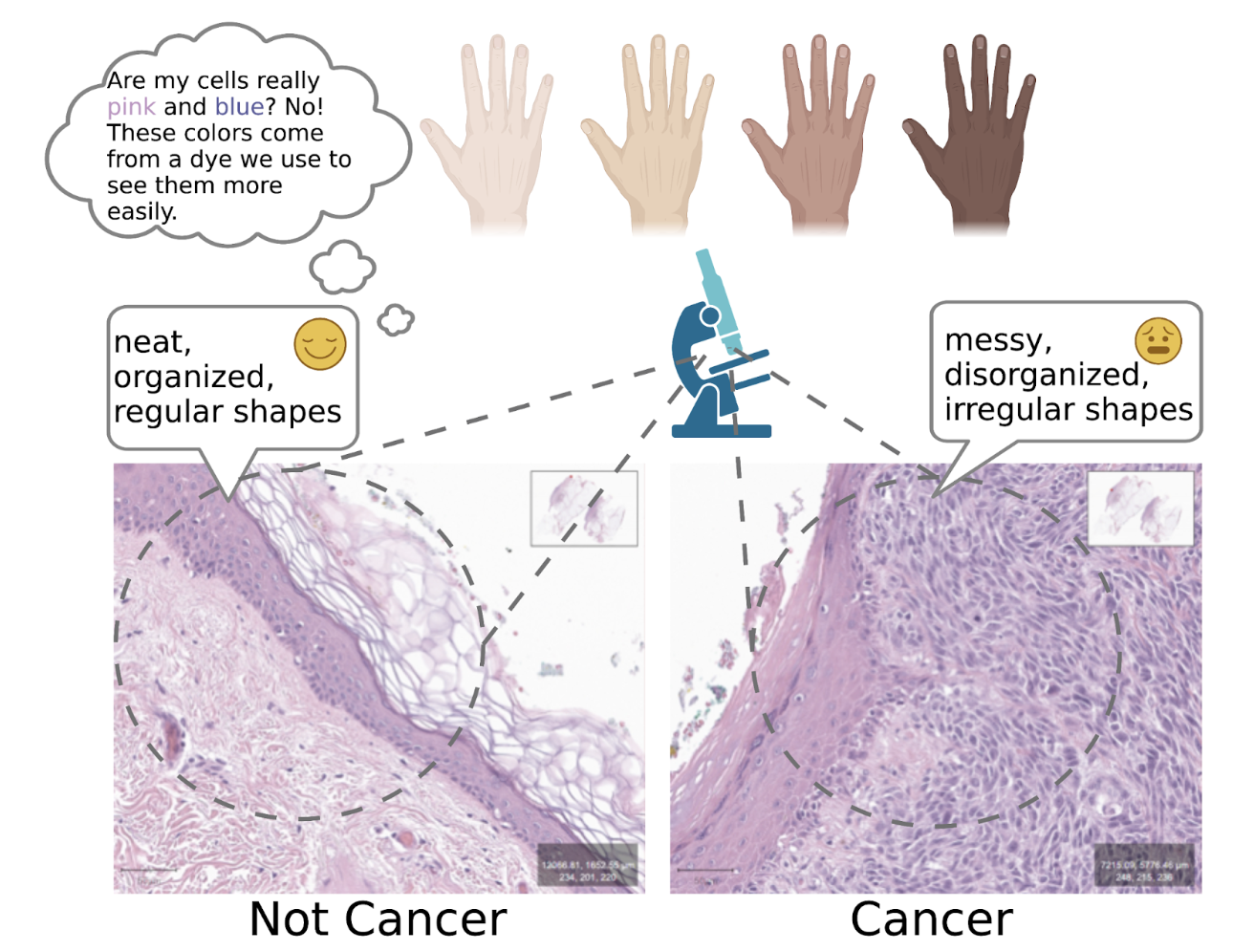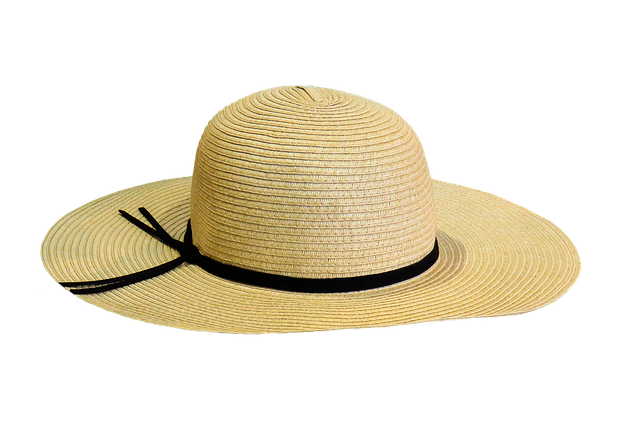Summer means sunshine! But it’s important to think about protecting ourselves in the sun. Invent a way to make your favorite outdoor activity more sun safe.
maker playground
sun safety inventions | all ages
This Maker Playground activity was created in collaboration with Georgetown University Lombardi Comprehensive Cancer Center.

explore
How often do you think about the sun? You probably notice when it’s cloudy or rainy and hidden away, or when it’s bright and clear and you can feel the heat. But how often do you think about how the sun is affecting your skin?
Did you know that everyone’s skin can be damaged by the sun? And this means that skin cancer can develop over time? It’s true! While people with lighter skin tones are more likely to have their skin damaged by potentially harmful ultraviolet (UV) rays that come from the sun, people of all skin tones and ethnicities can be negatively affected by the sun. The sun’s rays cause damage where we can’t see it right away: inside the cells that make up our skin. With enough damage, our skin cells can change shape, multiply faster, and become cancer. So, what can we do to keep this from happening? We need to learn how to protect ourselves and find things in our environment that protect us too.
You’re probably familiar with some of the most common ways to protect yourself from the sun, including wearing sunscreen. Grab a bottle of sunscreen, and you’ll see its SPF (sun protection factor) written on the bottle, but what do SPF numbers mean? An SPF number tells us how much of the sun’s rays a sunscreen can absorb or reflect to protect your skin before it starts to be damaged. An SPF number does not tell us how long we can stay out in the sun! Many factors can change a sunscreen’s effectiveness like your skin tone, time in the sun, time of day of exposure, quality and quantity of sunscreen applied, and reapplication frequency. To get the best protection, combine good sunscreen practices (like wearing sunscreen with an SPF of at least 30 or higher) with other sun safety strategies.
One of the best ways to avoid damage from the sun is to be intentional about our time outside. It’s good to be outdoors and active, but we also have to be safe. Avoid direct sun during peak times between 10am and 4pm when the sun is putting out the greatest amount of solar energy. You can also wear protective clothing, like a wide-brimmed hat and lightweight long sleeve shirts. Did you know clothing has its own ultraviolet protection factor, or UPF, rating? Finally, never intentionally try to tan your skin, indoors or outdoors. Remember, the sun damages everyone’s skin in ways we sometimes cannot always see with our eyes.

Microscopy images provided by GLCCC’s Histopathology & Tissue Shared Resource. Graphic created in BioRender.
imagine
Now that you know about the risks of prolonged sun exposure and a few ways you can protect yourself, invent a new device that can help protect you from the sun while you’re doing one of your favorite outdoor activities.
To help brainstorm ask yourself:
- How can you take advantage of being outdoors while still protecting yourself from the sun?
- Will you invent a device that protects just you or many people at once?
- Will you start your design from scratch or redesign existing sun protection options?
- What are some reasons people don’t use proper sun protection? How can your invention help overcome those obstacles?
- How will the activity your chose affect the design of your invention?
create
Once you’ve designed your sun protection invention, it’s time to build and possibly test your prototype. If you’re interested in making a digital prototype, try creating a model of your invention in Tinkercad.
Check out these videos to get you started!
Check out these physical inventions for some more inspiration.
If you choose to make a physical prototype from materials at home, try giving it a test to see if it’s working:
You’ll need two piece of dark colored construction paper. Leave one piece of construction paper exposed to the sun, and use your prototype to protect the other piece from the sun. Leave both papers outside all day (you may need to move them to follow the sun). At the end of the day compare the color of the protected paper to the exposed paper. What do you notice?
Check out a similar experiment you can try with sunscreen here.
Be sure to share your work with us by emailing a photo or file of your design to socialmedia@kid-museum.org. You might see your work on our website or Instagram page!




